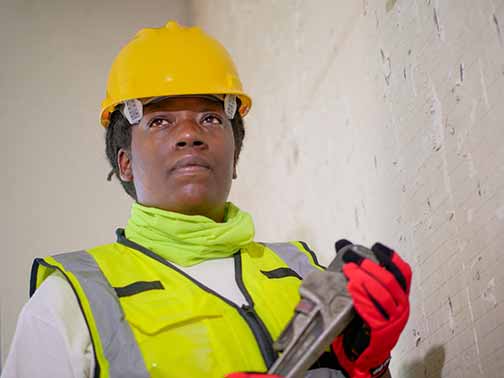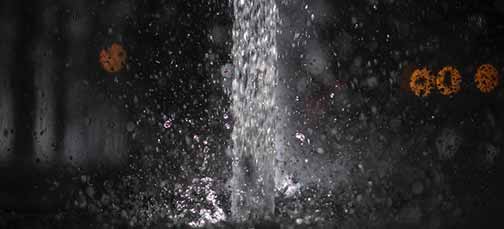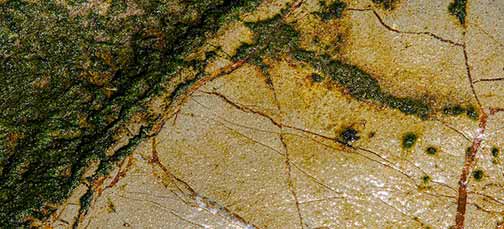
One of the more essential aspects of every home is the sewer line system. As you can imagine, or already know, having a leaking sewer line is not a walk in the park. It may cause some severe issues to your home and property. Maybe the worst thing of all is that it spreads odors from the lines. When it comes to sewer line leakage, many factors can lead to them. Recognizing them, on the other hand, is not an easy task. This is primarily due to the fact that most of the time, the source of the issue is somewhere deep in the lines beneath the ground. This article will discuss how to recognize a leaking sewer line and ways to address it.
A leaking sewer line
There are many factors contributing to the creation of a leaking point in a sewer line. Some of them are more serious than others and require more time and money to repair. Here are some more prominent factors:
- old sewer line
- debris got stuck in the line
- cracked pipes
- not durable pipe material
- floods
According to experts, these are the usual “culprits” when it comes to leaks in sewer lines. They also state that as soon you act to mitigate the damage, the better. It can quickly become an even more severe problem and incur more property damage. That means putting even more time and resources into repairs.
Recognize a leaking sewer line by the sound
More often than not, you can recognize a leaking sewer line by the trickling sound it emits. Hearing the water running and ticking in the faucets and toilet when they are not in use points to a leaking sewer line. The sound of water trickling in the walls or above you also point to leaking sewer lines. Expert movers at allseasonmovers.com suggest you act as soon as possible and call experts to help. This can be crucial because these can be the early stages of the problem and should be stopped there and then. Damages and issues that occur if you leave this unchecked can be numerous.

Moist floors can help recognize a leaking sewer line
The moist floor is a usual telltale sign that your property is suffering from a leaking sewer line. If the floor is very wet and feels spongy, it points to excessive water accumulating in it. Since the pipes run through the floor, if they start to leak, chances are that the floor will sponge all that water and become soaked. It can go through the floor and the surface when accumulating enough water. This can go to such lengths as the whole floor can be soaked wet. Sadly, this means that the damages it has caused are vast. This is why acting on time can prove to be crucial.
Cracks in the foundation
Another problem that is closely connected to the wet floors is the cracks appearing in the foundation. This problem is less visible, and the damages are more subtle. Still, if left unremedied, it can cause some severe damage to the foundation. If you have faulty sewer lines, the water can gather in small pools. Over time, these pools of water shift and change the foundation. They also incur cracks and swelling of the base surface. Needless to say, this means spending a lot of time, effort, and money in order to repair the damages. Sewage leaks can also lead to concrete sidewalks and driveways buckling.

Plumbing inspection for new homes
When buying a new house, you should be extra careful with plumbing. It can be very beneficial to inspect all the systems before moving in. Plumbing inspections for new homes, in general, are the cheapest and most competent way to determine if there are any possible shortcomings in the plumbing system. They are also extremely important in order to keep your plumbing in check in the future. As the system gets older, more and more problems will have a chance to occur.
Odors are a way to recognize a leaking sewer line
Without any doubt, odors point to a leaking sewer line. If you approach the sink, toilet, or any faucet and are immediately put off by the unpleasant odor, you are suffering from a leaking sewer line. If left in the same place for a more extended period of time, water leakage in the pipes becomes an ideal ground for fungi to grow. This fungal growth is the source of unpleasant smells and odors coming from the pipes. Regular inspections, sewer camera inspections, and maintenance of the lines can locate and clear them. Another way to spot the water accumulating around the pipes is mold and a weak spot that it creates in the wall, for example.

Higher water bills
Sometimes leakage can be tracked or traced to its source. But you can definitely see it through your water bills. If you are getting unusually high water bills, it can point to a leaking spot or many, in fact. Spikes in water bills can be due to many other factors, but if you constantly keep getting higher water bills, then it might point to a leaking sewer line. This means you are paying for water that is not distributed to you but instead goes through the leaking holes into floors, walls, and other surroundings, making you pay more and end up not using that water.
Having a leaking sewer line can be quite a tough challenge to overcome. Recognizing a leaking sewer line is not an easy task either. Constant leakage, higher utility bills, and damage to walls, floors, and other parts of the property are just some of the indications that you have a problem with sewer leakage. It is always best to act on early warning signs, which will reduce the chance of damage occurring or spreading further and requiring a sewer line repair.

